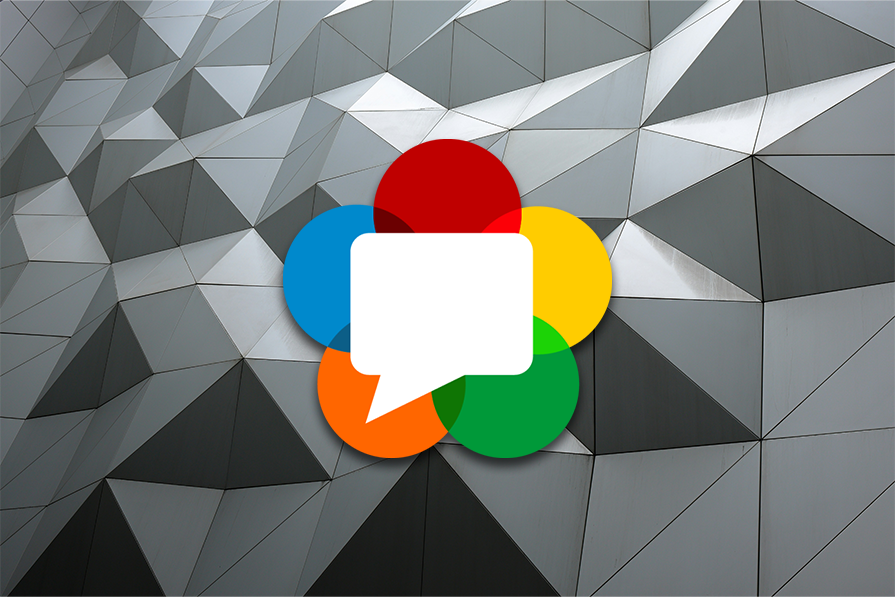Want to launch your own podcast (or a podcast for your company) but don’t know where to start? I’ve put together a podcast launch checklist you can use to get your project up and running, along with tips gathered from my personal experience and insights from members of the HubSpot Podcast Network. Let’s rewind before 2018, when I started my own show, Balanced Black Girl. I was one of the estimated 120 million people listening to podcasts monthly. Eventually, I had an idea of my own and was able to launch with no prior audio experience — and if I can do it, you can, too. In fact, starting a podcast is easier than ever as the medium has increased in popularity and profitability. Here’s the ultimate checklist to help you start a successful podcast.
Table of Contents
- Starting a Podcast Checklist
- Determine your niche
- Identify your ideal listener
- Name your podcast and secure social media handles
- Decide which format and publishing schedule you’d like to follow
- Select a podcast hosting service
- Create podcast cover art
- Get your podcasting equipment
- Create a roadmap and reach out to potential guests
- Plan your launch episodes in more detail
- Record and edit your first three episodes
- Write the show notes for your launch episodes
- Create a podcast trailer
- Upload and schedule your trailer and launch episodes
- Submit your podcast to online podcast directories
- Market your podcast and celebrate your launch
- Determine your niche.
If your show is too general, listeners will never know what to expect for your show. If they don’t know what they’ll get, they tune out. Kyle Denhoff, Sr. Director of Marketing at HubSpot, echoes this sentiment. “The more focused you are, the easier it is to build an audience. For example, be the strategy show for B2B marketers or the news show for AI enthusiasts,” says Denhoff, who oversees demand generation for all channels, including podcasts. For my show, I started by figuring out the genre and niche that my podcast would fall under. This made it easier for platforms like Apple Podcasts and Spotify to categorize my content so my target audience could find it. For instance, my podcast show falls under the broader wellness genre, with a more specific focus on the experience of Black women. Other popular podcast genres include:
- Arts
- News
- Music
- Finance
- Business
- TV and film
- Education
- True crime
- Society and culture
Pro tip: Determine which genre best describes the podcast you’d like to create or the industry you’re in, and keep this topic in mind as you plan out your content and prepare for launch.
- Identify your ideal listener.
After choosing the wellness genre, I took time to zero in on my ideal listener, which I found similar to creating a buyer persona. Creating an ideal listener helped me hone my messaging and create a clearer focus within my genre. Here are some characteristics I recommend considering when describing your target audience:
- Age
- Income
- Interests
- Hobbies
- Occupation
- Education level
- Geographic location
I also found it useful to brainstorm. I asked myself the following questions. What is this listener interested in? How often do they listen to podcasts? Where do they learn about new podcasts? If you were having a conversation with this listener, what questions would they ask? What other podcasts is this person listening to, and what does that tell me about what they want to hear? The answers to these questions helped me craft content that was especially relevant for my potential listeners.
Pro tip: If you have friends or colleagues who fit your ideal listener profile, it can be helpful to survey them to get their feedback on your podcast idea and learn more about their media consumption habits.
























